Syrian Bloodshed Increases Pressure on Sharaa, Exposes Deep Fractures
Syria Faces Worst Violence Since Assad's Fall
The past four days have seen the worst violence in Syria since the fall of Bashar al-Assad in December, as an Islamist-led rebel offensive has shaken the country. The bloodshed presents the most serious challenge yet to interim President Ahmad al-Sharaa, who has been struggling to consolidate his authority in a deeply fractured nation.
The post-Assad era initially brought hopes of stability, but tensions that had simmered for years have now erupted into deadly conflict. The downfall of Assad, ending more than five decades of family rule, allowed rebels from Idlib—Syria's last opposition stronghold—to seize power in Damascus. The transition saw members of Hayat Tahrir al-Sham (HTS), led by Sharaa, take charge of a war-ravaged nation.
The dismantling of Assad's security apparatus, including the army and the ruling Baath party, resulted in the removal of hundreds of thousands of officials, many of them from the minority Alawite sect, a Shiite offshoot that held privileged positions under the Assads. Now, with a Sunni-led government in place, Alawites claim they face persecution despite Sharaa’s assurances of inclusivity.
Rising Sectarian Tensions and Violence
Reports have emerged of Alawite families being killed in their homes, fueling fears of retribution in a country still haunted by years of sectarian violence. The authorities have vowed to bring those responsible to justice, but maintaining order remains a challenge. Sharaa, a former jihadist leader turned politician, is attempting to present himself as a reformed figure. However, his more radical supporters, frustrated with his pragmatic stance, pose an internal threat to his administration.
In January, a newly appointed security official acknowledged the difficulties of reconciliation. He cited the challenge of dealing with Assad loyalists who refused to surrender and reintegrate, as well as factions within HTS that opposed Sharaa’s conciliatory approach. “Our eyes are on everyone, but we don’t want to appear as if we are hunting them,” he stated.
A Deadly Insurgency Emerges
Over recent weeks, violence has escalated, particularly in the coastal provinces of Latakia and Tartous, traditional strongholds of the Alawite community. An insurgency, largely composed of former Assad loyalists, had been growing but remained contained—until Thursday.
During a government operation in Latakia targeting a former Assad official, forces were ambushed by militants in Jableh. A regional official described the attack as a well-coordinated strike by “remnants of Assad’s militias,” reportedly involving about 4,000 fighters. The authorities responded with reinforcements, supported by militias not entirely under Damascus’ control. What began as a crackdown escalated into sectarian killings, as some fighters sought revenge for decades of oppression under the Assads.
A widely circulated video showed at least two dozen civilian-clothed bodies in an Alawite village. Reports surfaced of fighters hunting down Alawite members and executing entire families. The Syrian Observatory for Human Rights, a UK-based monitoring group, estimated over 1,300 deaths across Latakia, Tartous, Hama, and Homs, including 973 civilians and hundreds of security forces and Assad loyalists. These numbers remain unverified.
Sharaa’s Response and the Road Ahead
In response to the crisis, Sharaa announced an independent investigative committee to probe the violence, promising accountability. “No one will be above the law,” he stated in a video address. However, maintaining control remains a daunting task.
Analysts from the Institute for the Study of War predict that former Assad regime members could organize the most effective insurgent cells against Syria’s new rulers. Their deep-rooted military, intelligence, and political networks, as well as their links to criminal syndicates, give them an advantage in launching coordinated attacks.
Beyond security challenges, Sharaa faces diplomatic and economic hurdles. Various factions, backed by foreign powers, continue to wield influence across Syria. Turkish-backed forces clash with Kurdish militias in the northeast, Israeli troops control parts of the southwest, and tensions persist with Druze groups in the south, despite a recent ceasefire agreement.
Meanwhile, Western nations remain skeptical of Sharaa’s intentions. The government’s struggle to lift sanctions imposed under Assad’s rule has hindered economic recovery, leaving nine out of ten Syrians in poverty. The recent bloodshed only complicates efforts to gain international legitimacy and rebuild the war-torn nation.
As Syria stands at a crossroads, the path forward remains uncertain. Whether Sharaa can navigate the political, military, and economic turmoil will determine the country’s fate in the coming months.

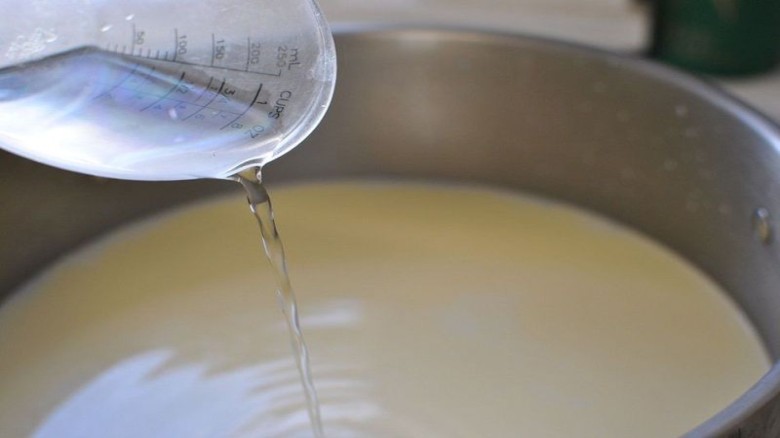
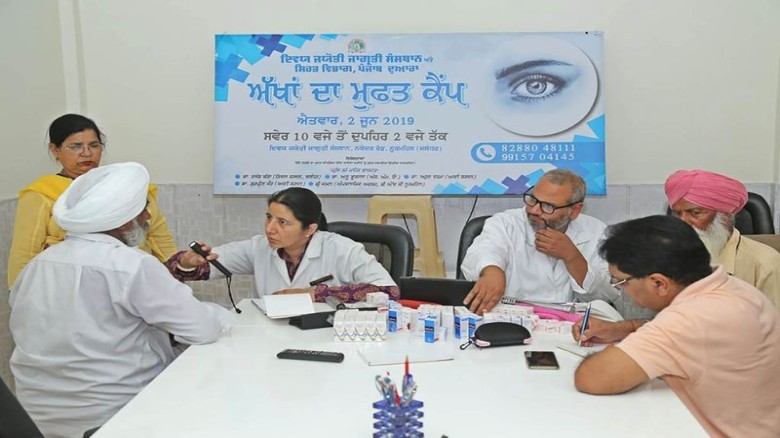
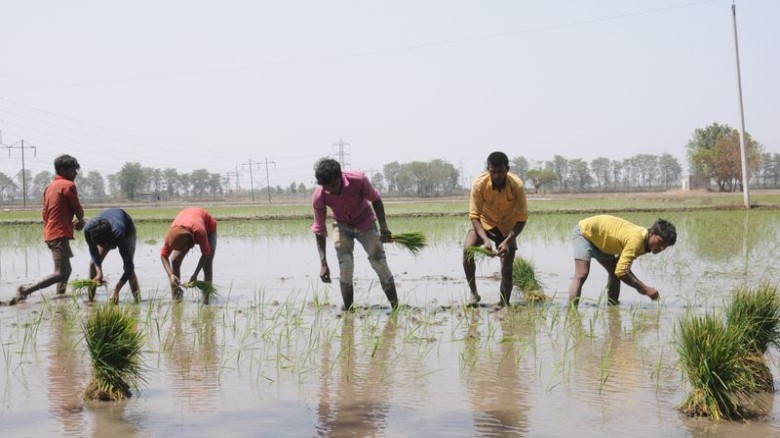
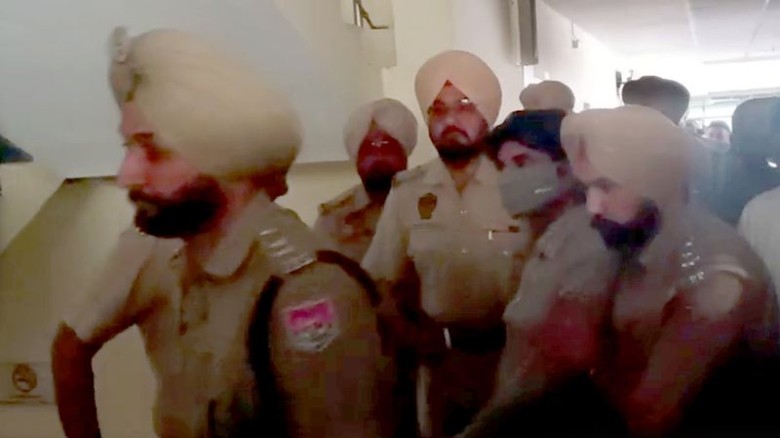

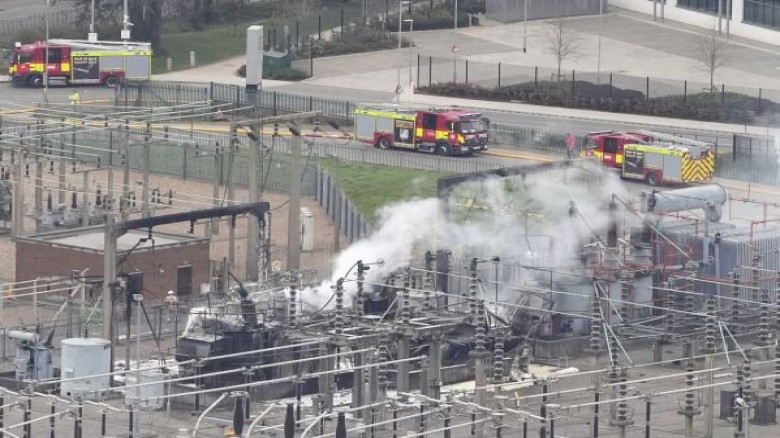
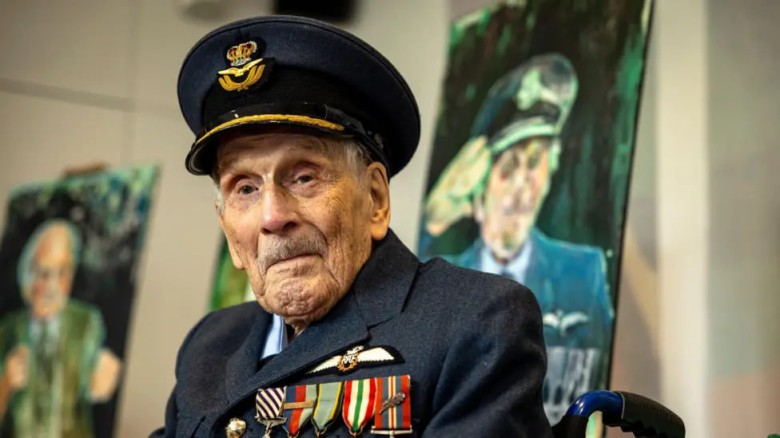
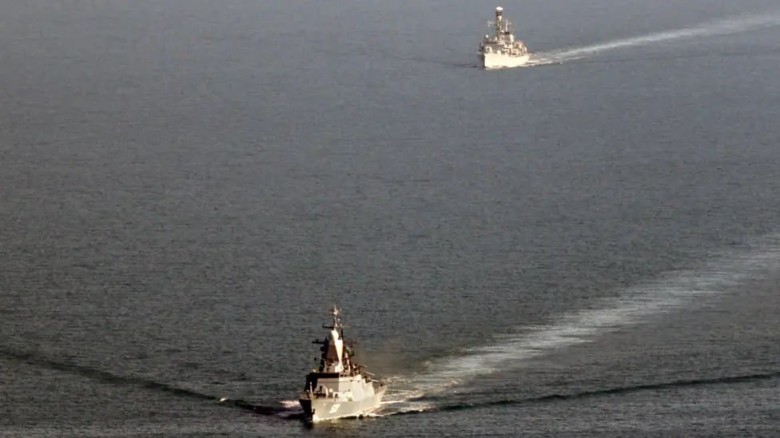
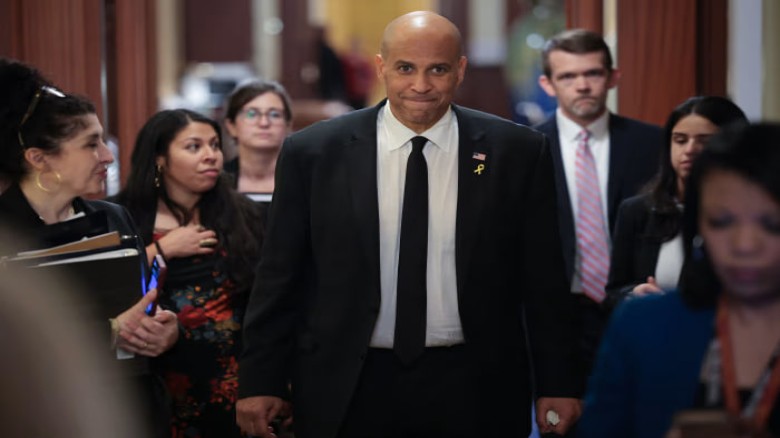
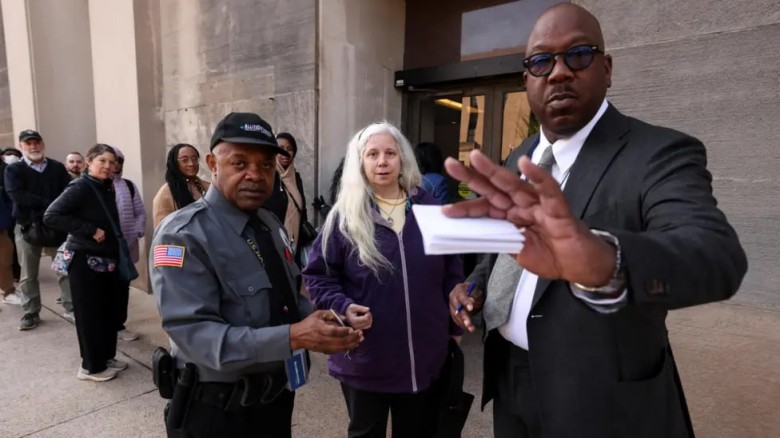
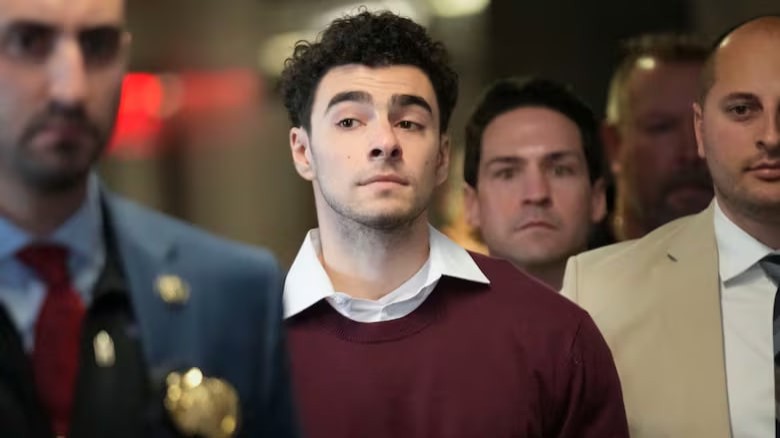
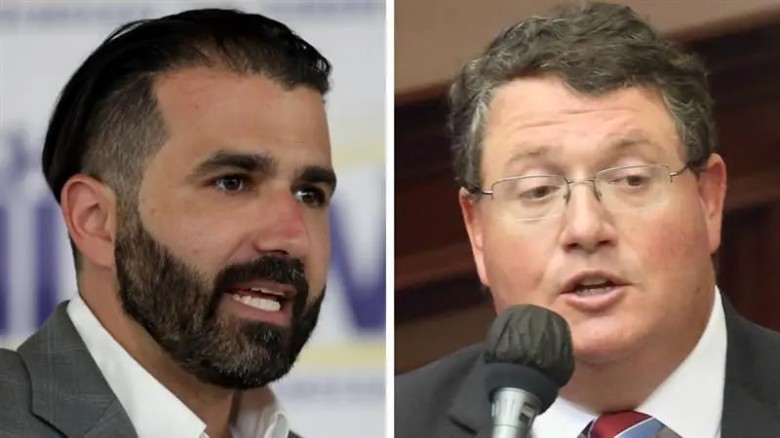
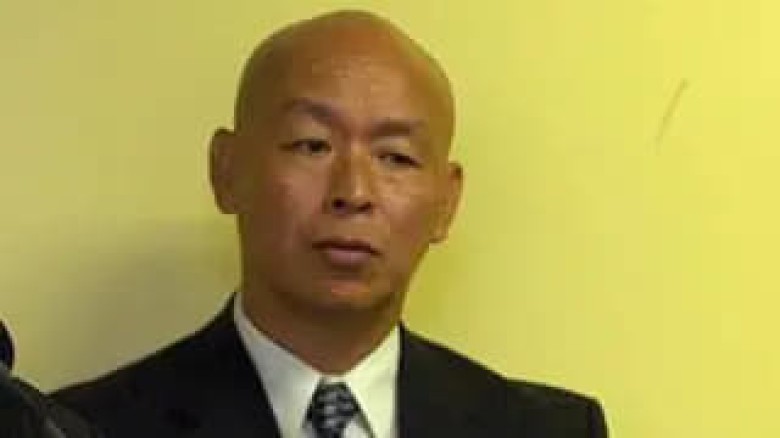
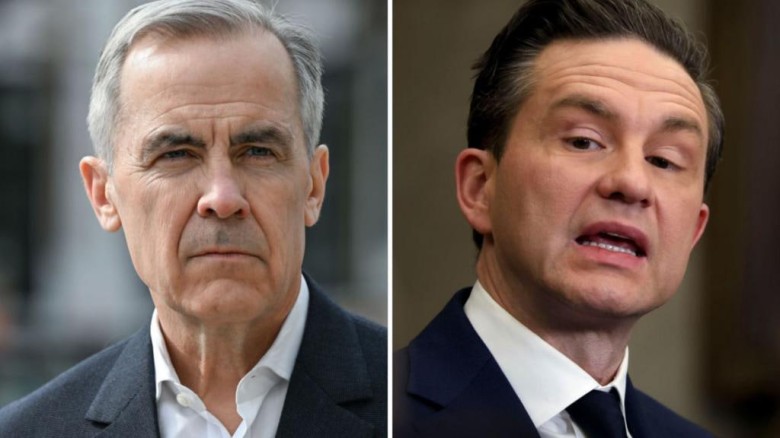
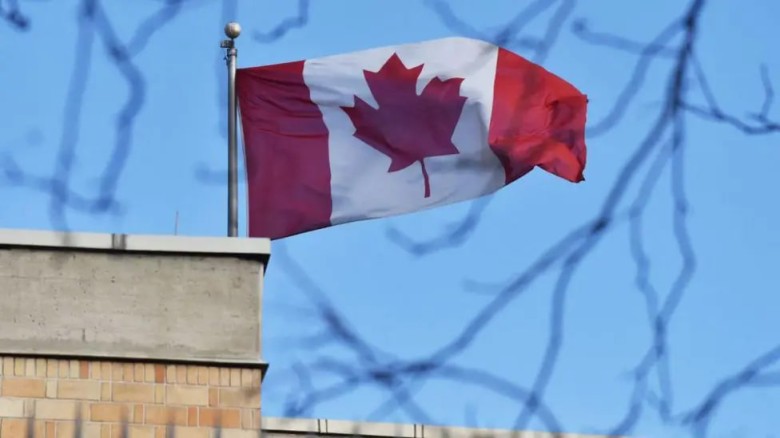
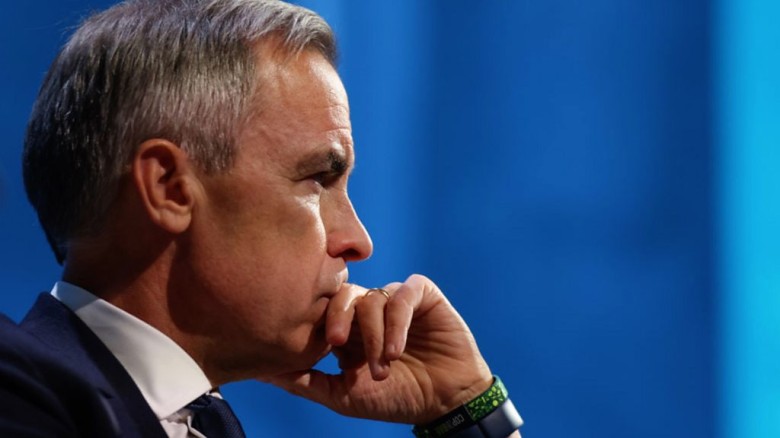
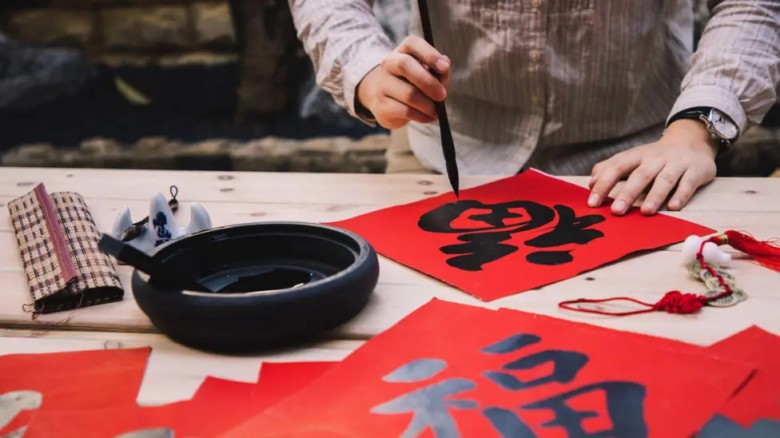
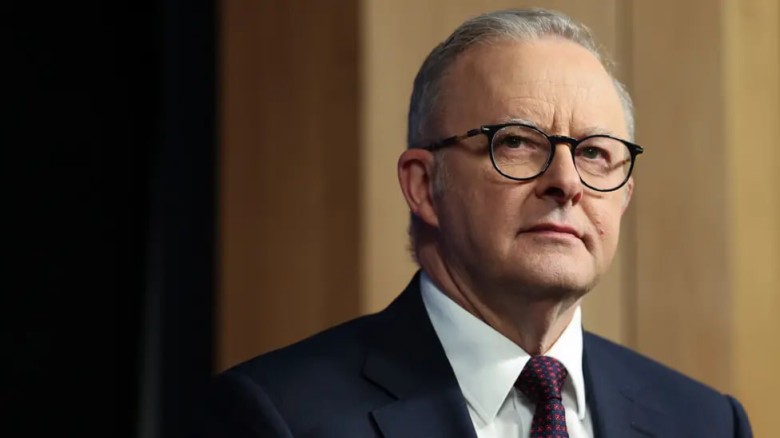

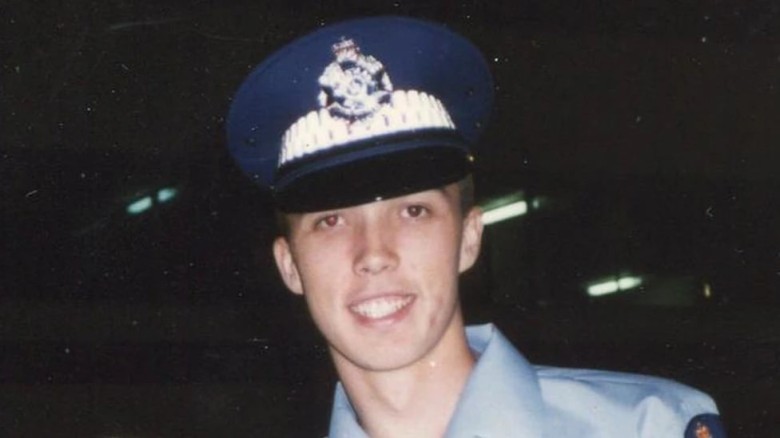
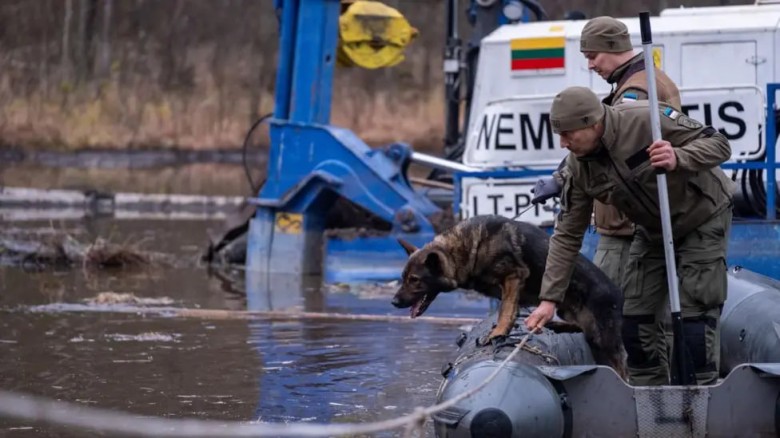

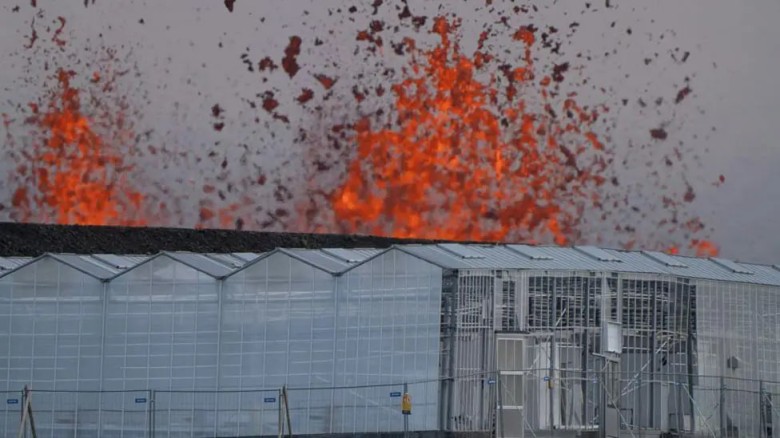
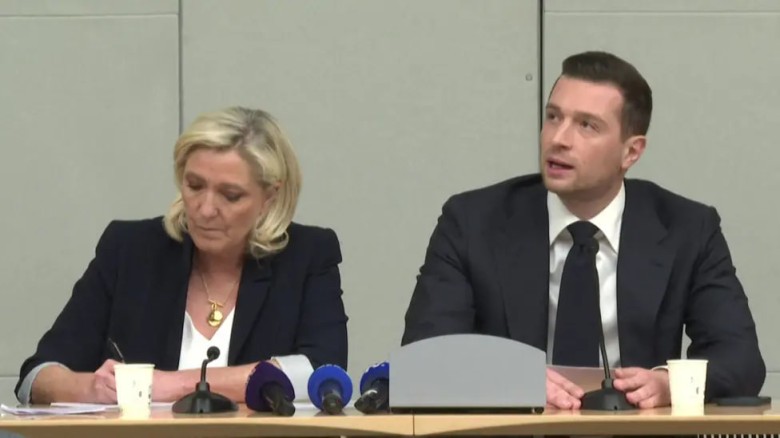
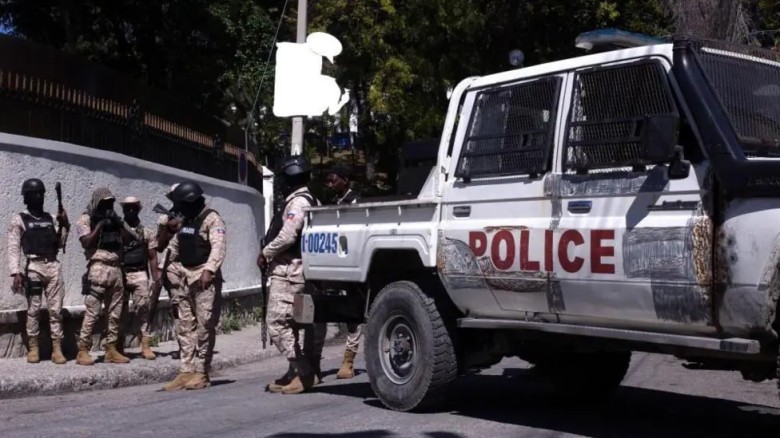
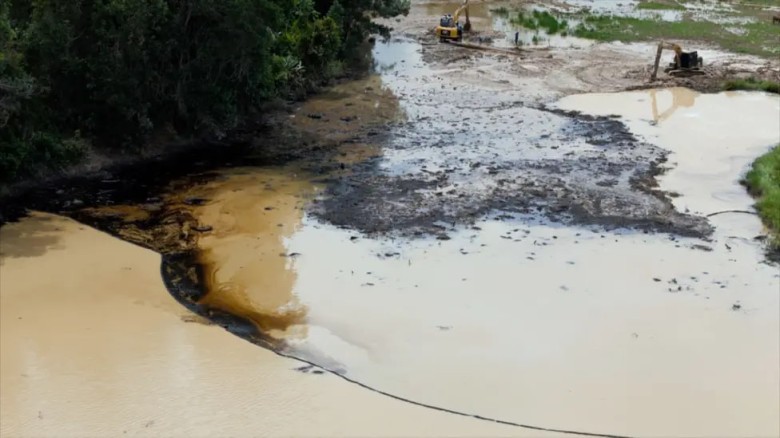
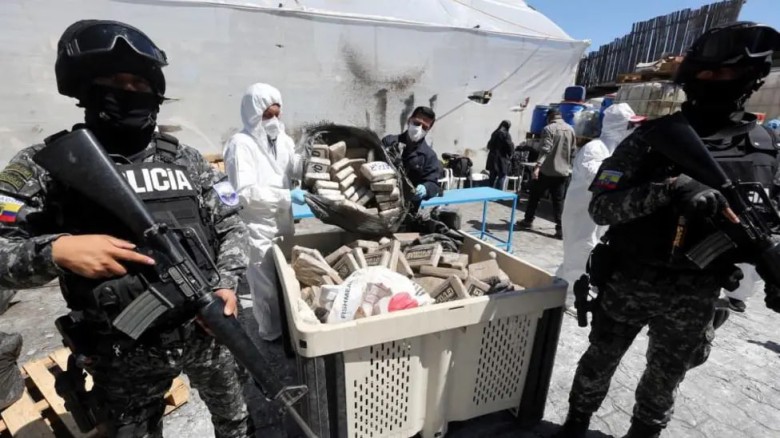


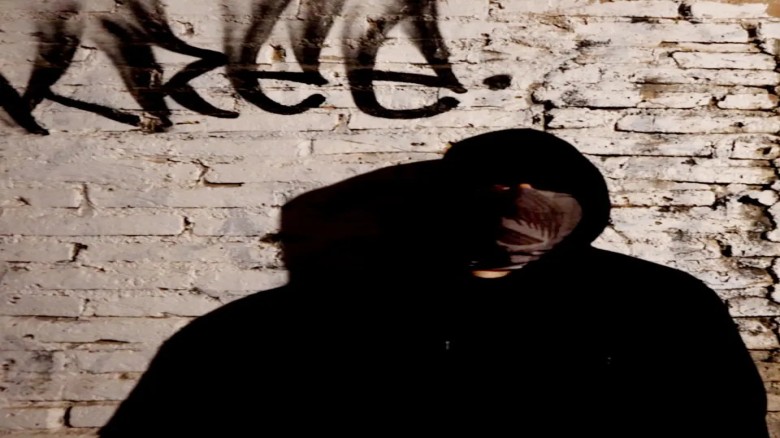
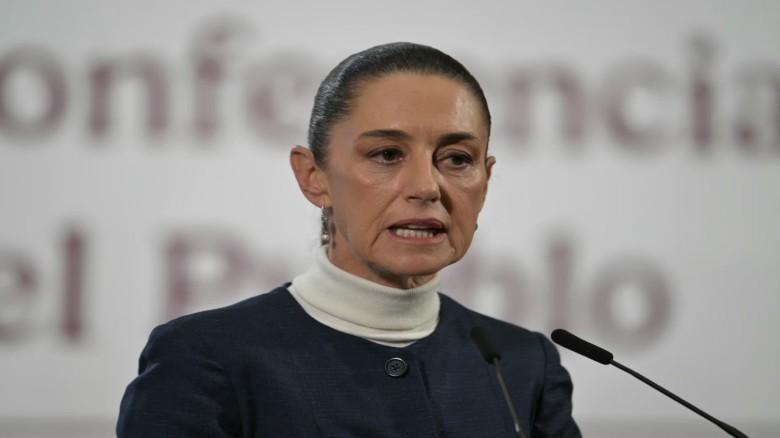


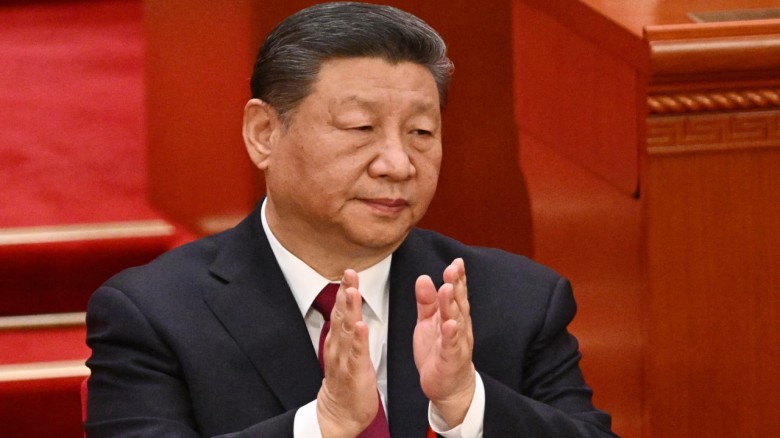
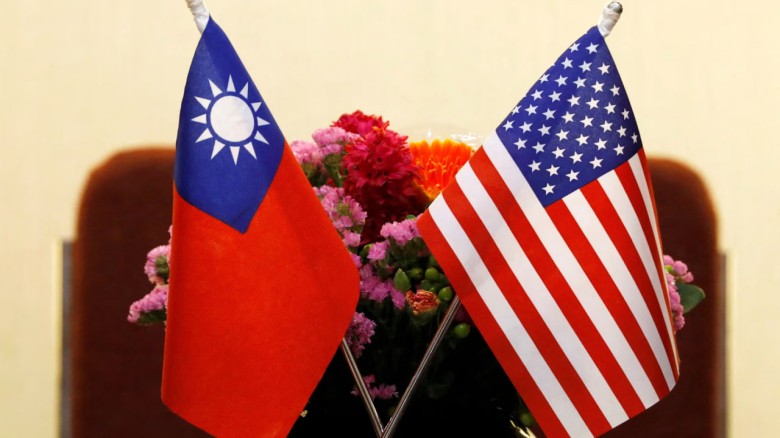
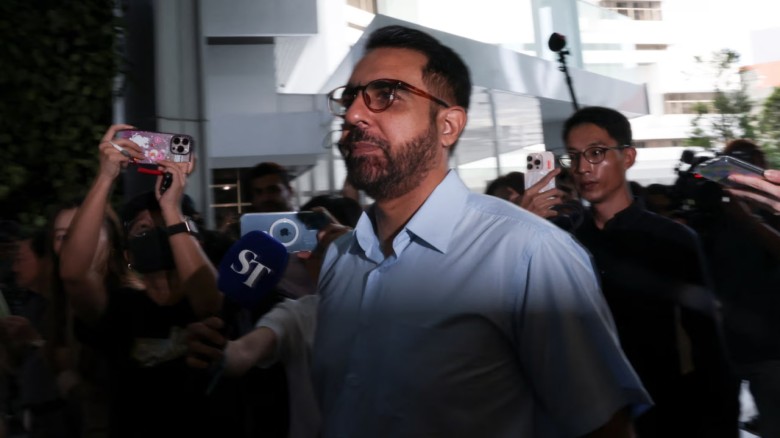


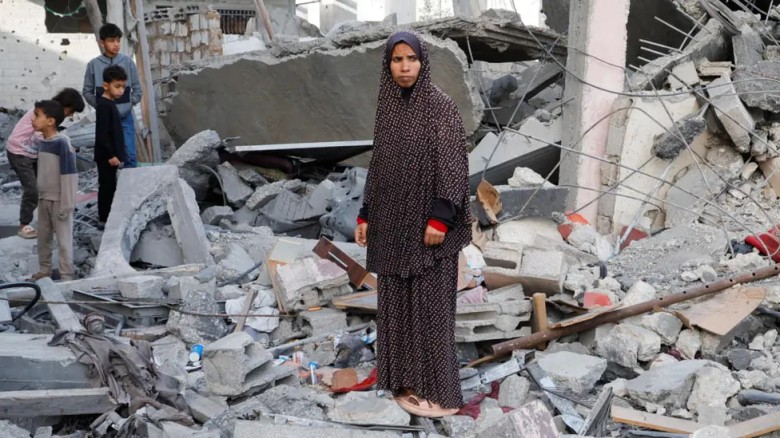
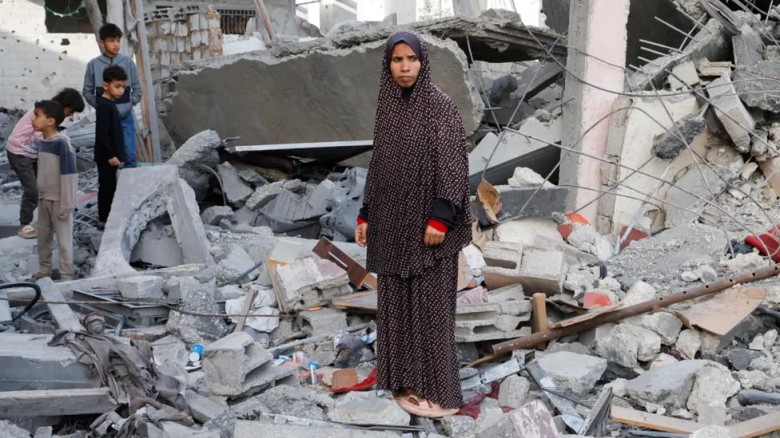
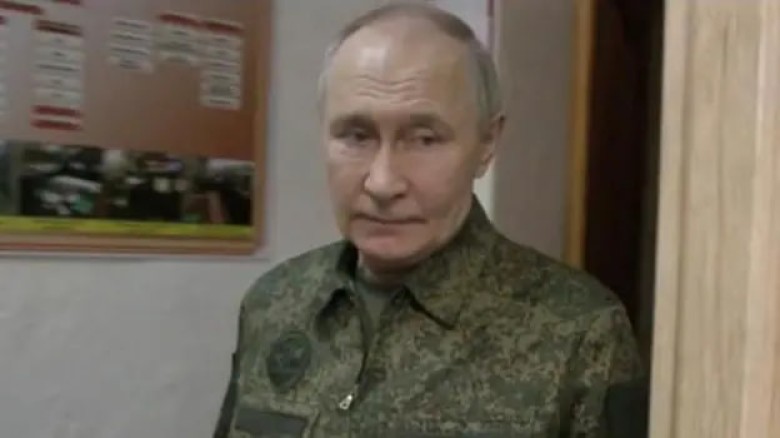
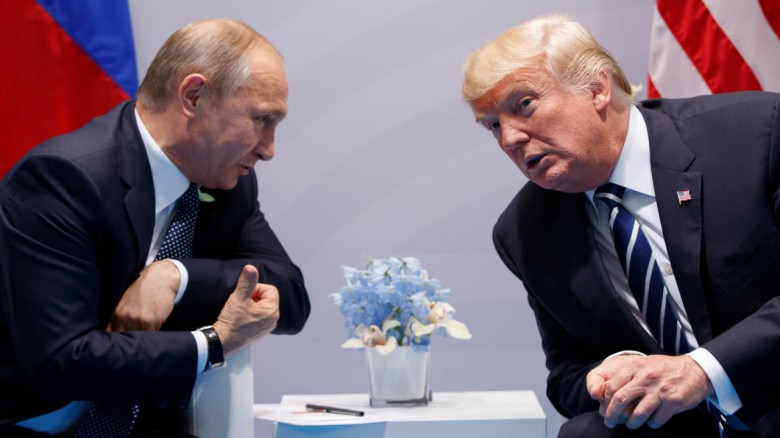

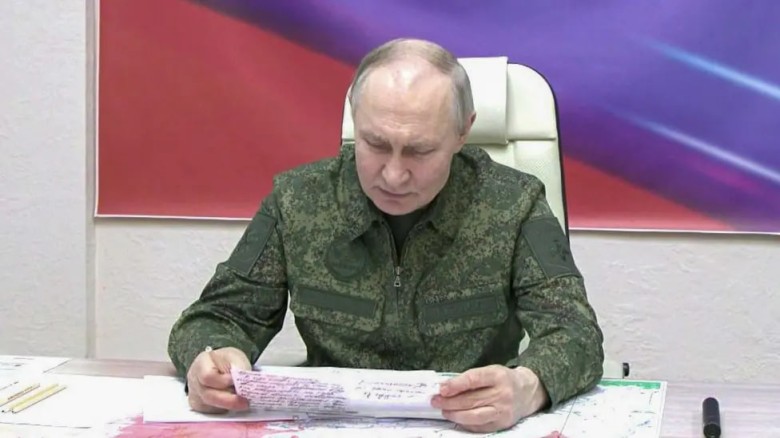
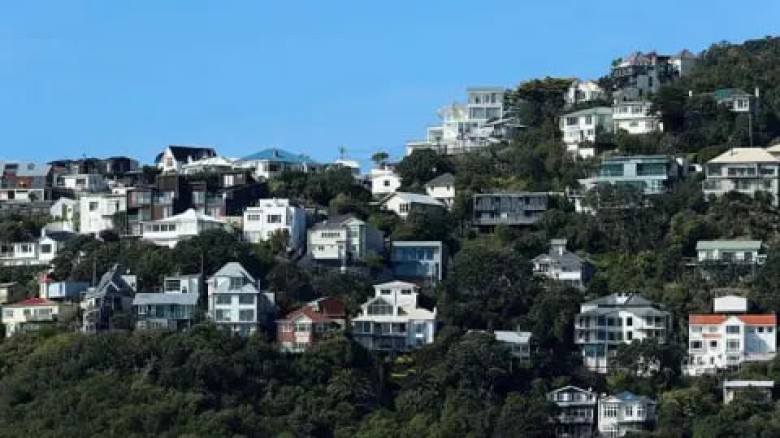
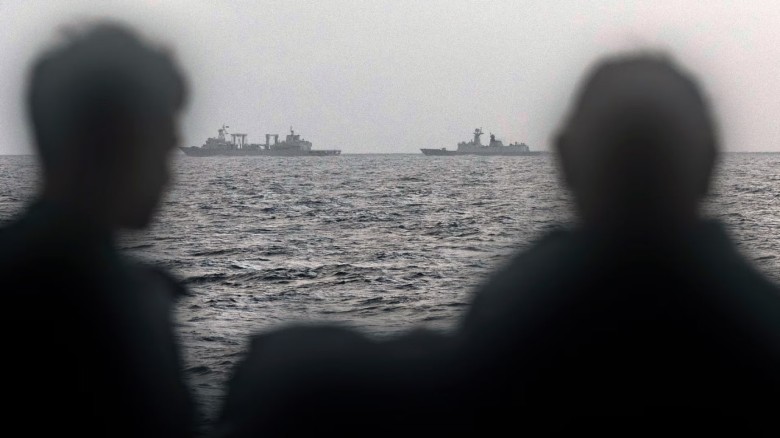
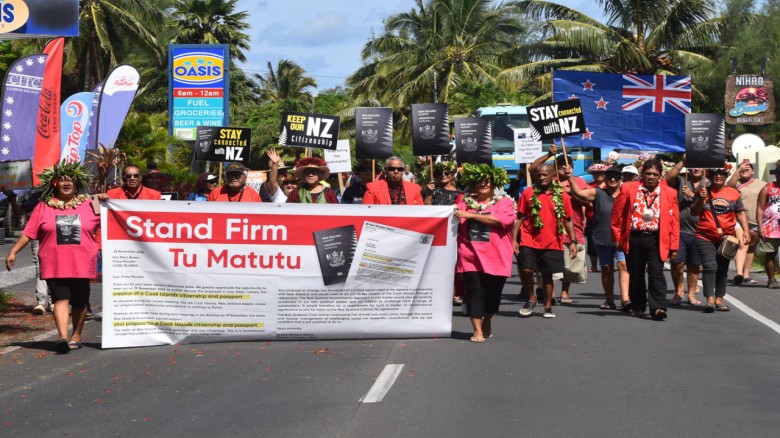
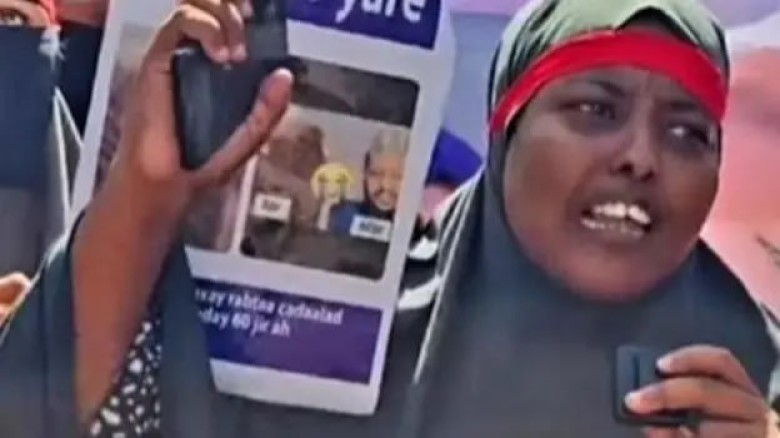
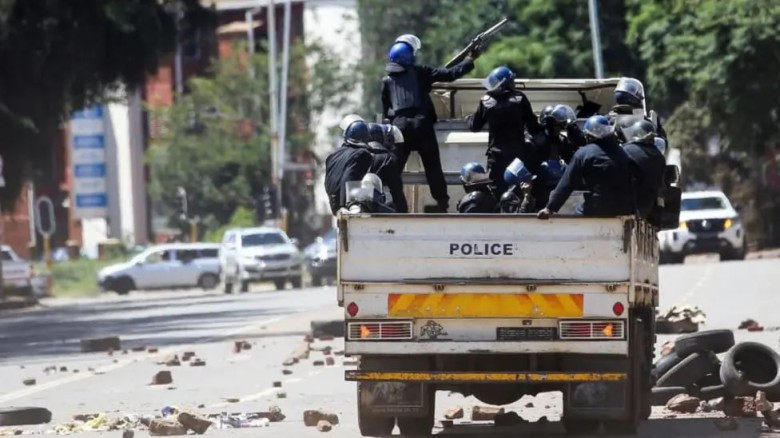
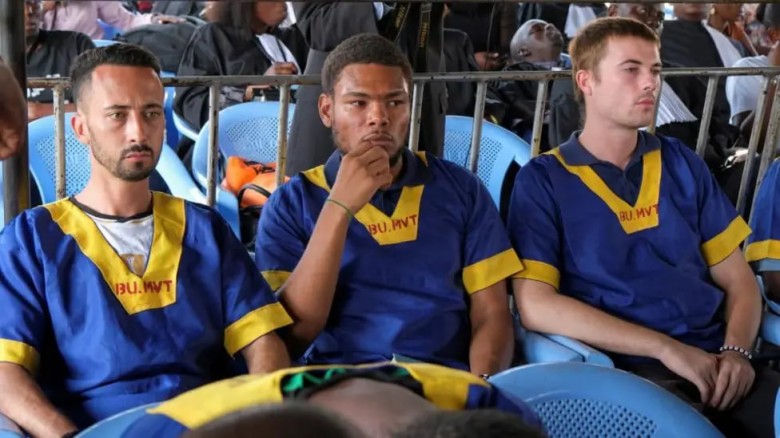
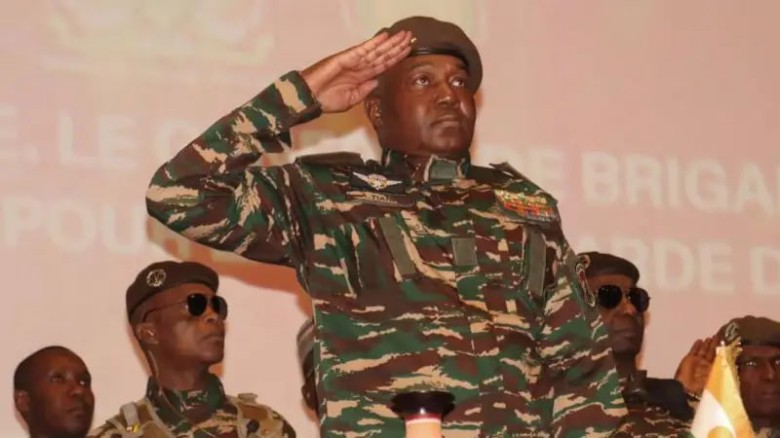
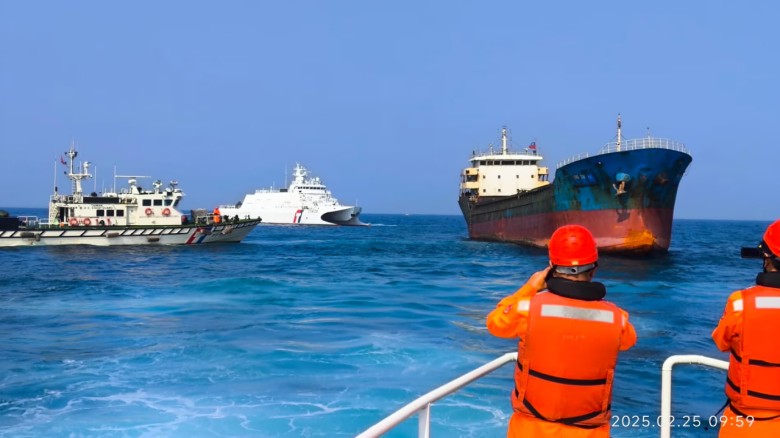
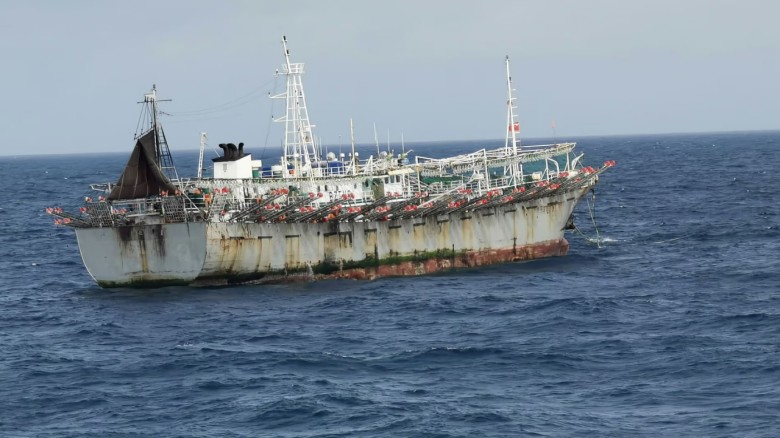
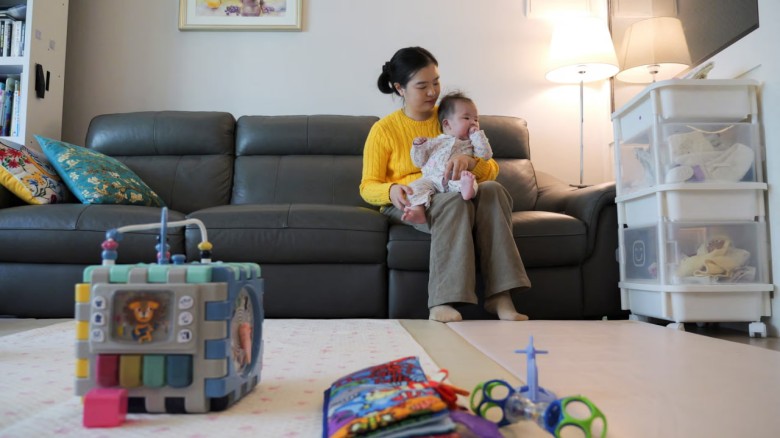
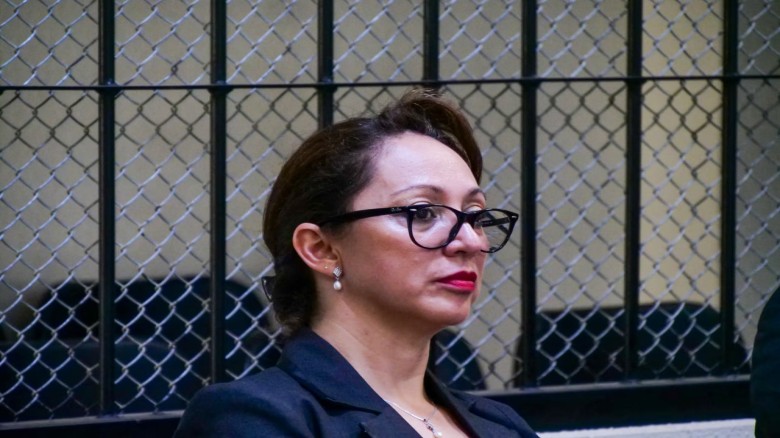
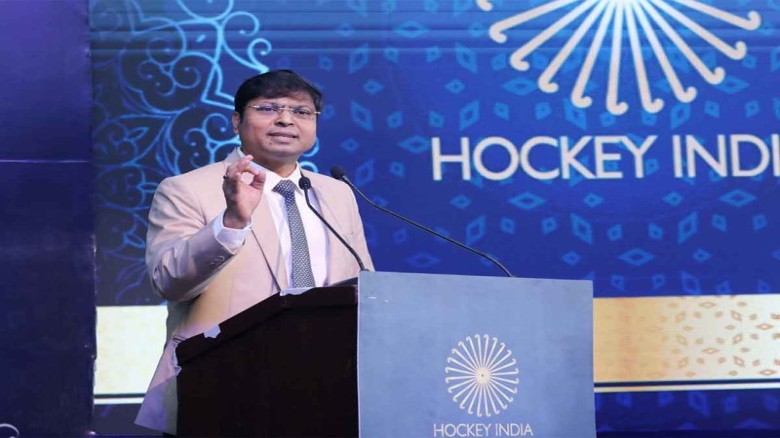
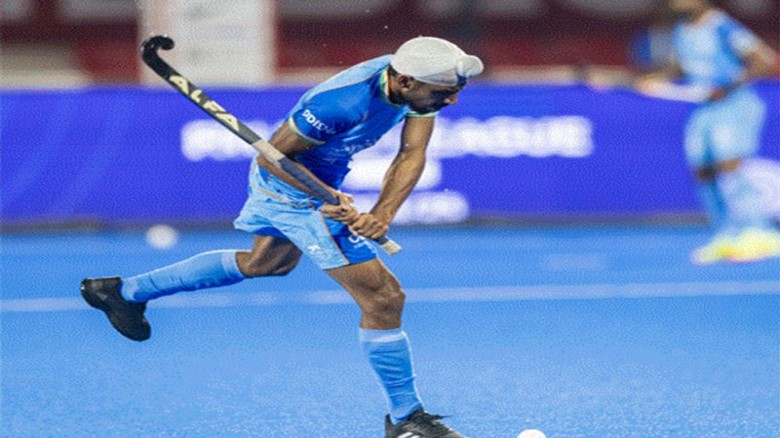
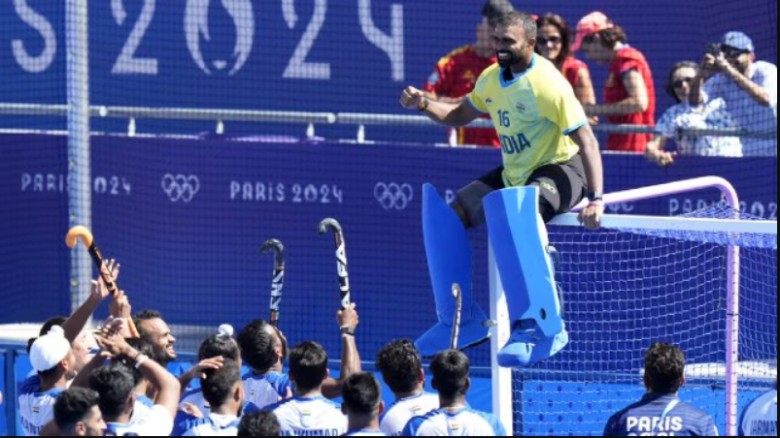


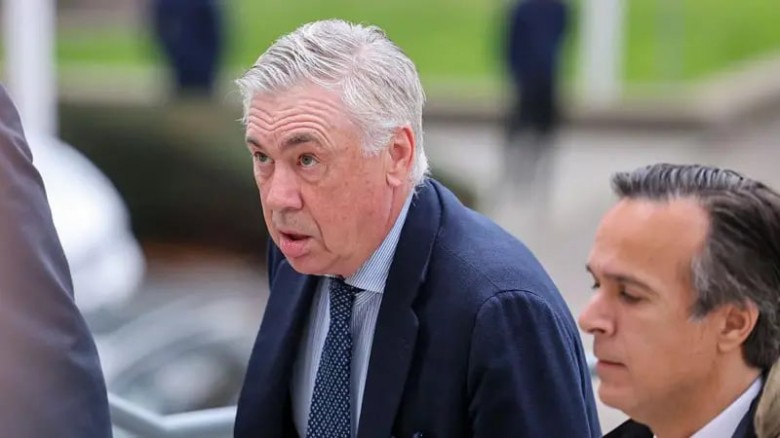


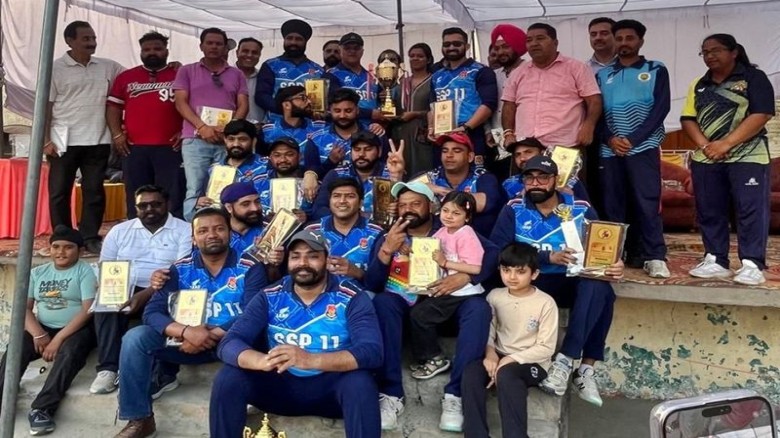

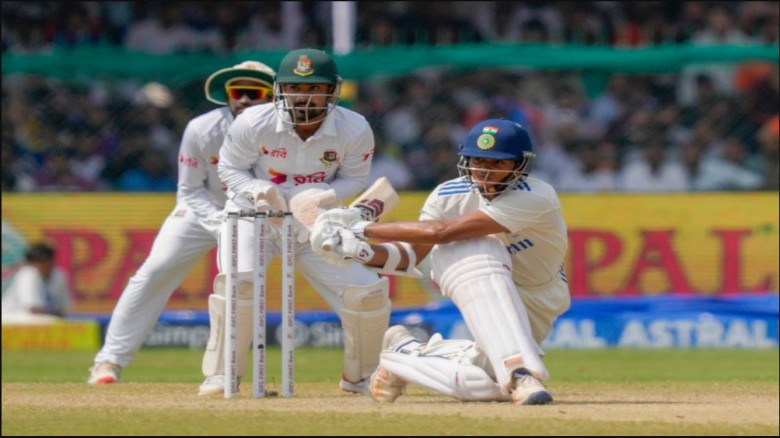
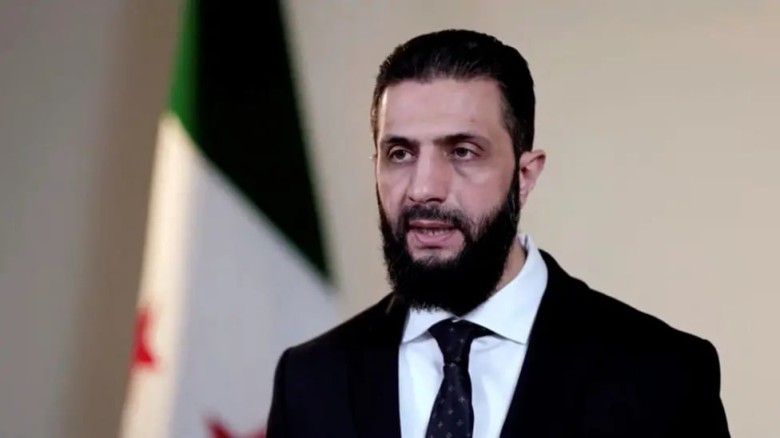


Leave A Comment